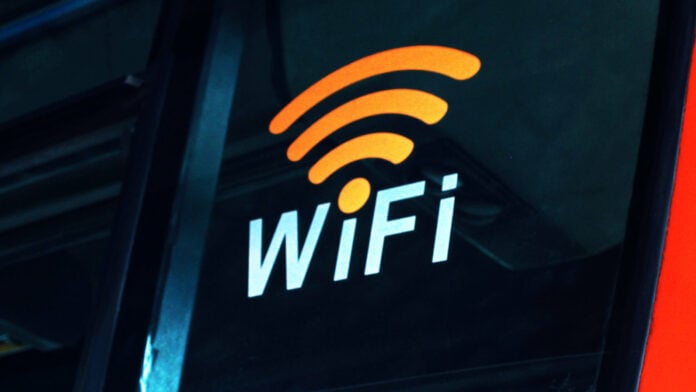WiFi 7 is the next generation of wireless technology, promising double the maximum bandwidth and up to five times the speed of WiFi 6. While we saw what prototype versions were capable of last year, we’re still waiting on an official release. The good news is that it’s just around the corner. The bad news is that it likely won’t replace your Ethernet cable – at least in our opinion.
The WiFi Alliance has confirmed that it’s almost finalised WiFi 7, looking towards the end of Q1 2024. On paper, this means a 320MHz bandwidth (up from 160MHz), 4,096 QAM (up from 1,024 QAM), and roughly 5.8Gbps download speeds (up from 2.4Gbps) should arrive before the end of March.
These increases naturally come with a new 6GHz band to connect to. We’ll need to put it to the test before we can judge. If it’s anything like 5GHz, it’ll be strong with a short range before connections become wobbly.
That said, WiFi 7 should be more stable than its predecessors. Multi-link operation (MLO) is designed to better balance several traffic streams, prioritising tasks and devices more efficiently without bottleneck.
As always, wireless technology comes with the caveat of interference. 5.8Gbps is greater than 5Gbps Ethernet, but too many obstacles or devices on the network could cause issues. Wireless will always be more convenient, but wired still offers the lowest latency and most stable connection possible if you can justify routing it through your house.
You might already own a WiFi 7-compatbility device. Several manufacturers, including ASRock’s Z790 motherboard, used draft specifications to equip their gadgets with the latest standard. We’ll need to see how the final version performs before we can see any differences, but the complete standard could be faster.
Qualcomm is confident enough to induct WiFi 7 into its FastConnect program, but there is one major dependent: your broadband speed. No matter how fast the new standard is, it won’t be able to exceed what you pay for. Suddenly, Google’s overpriced 2Gbps package doesn’t look so bad, after all.

